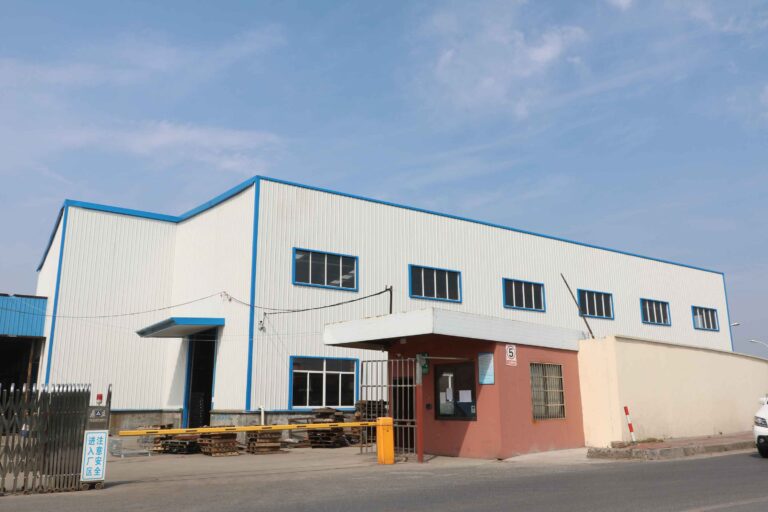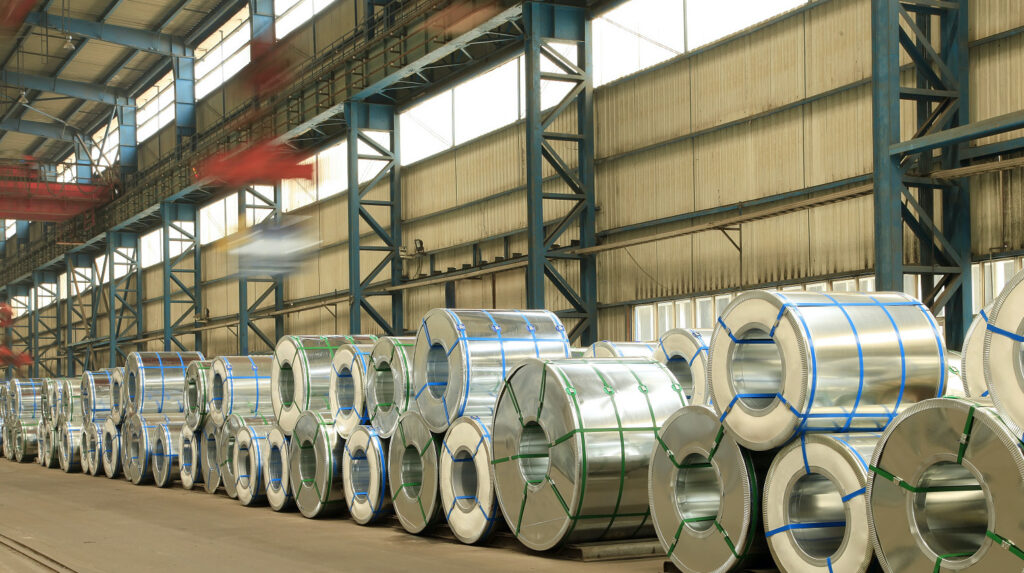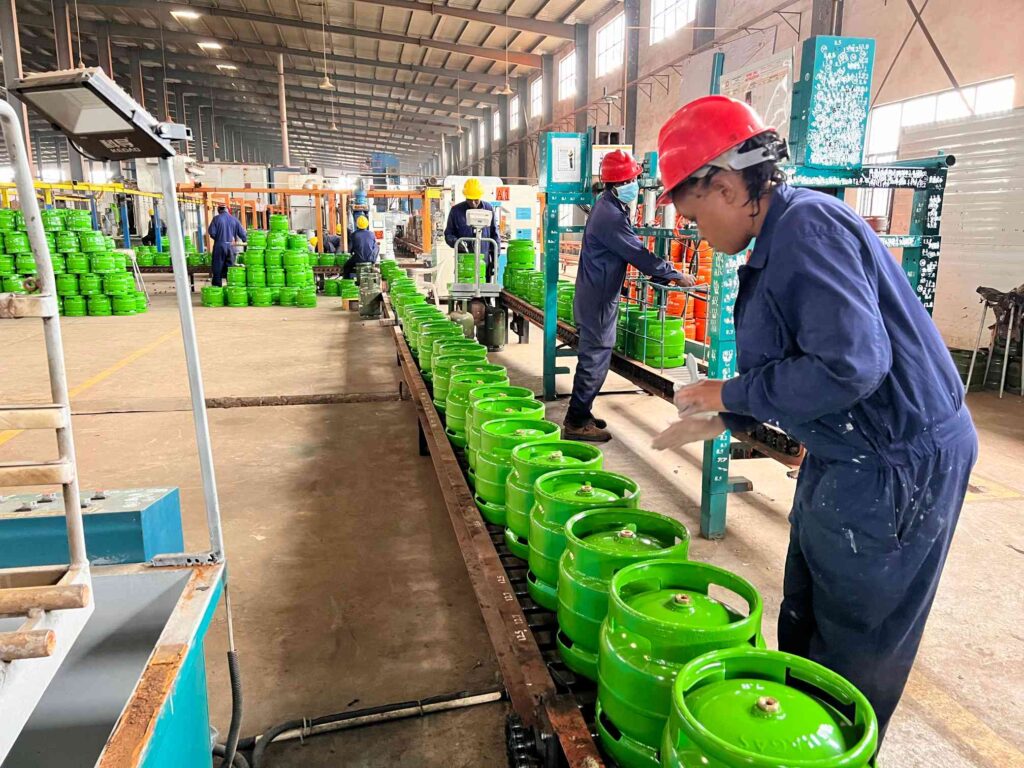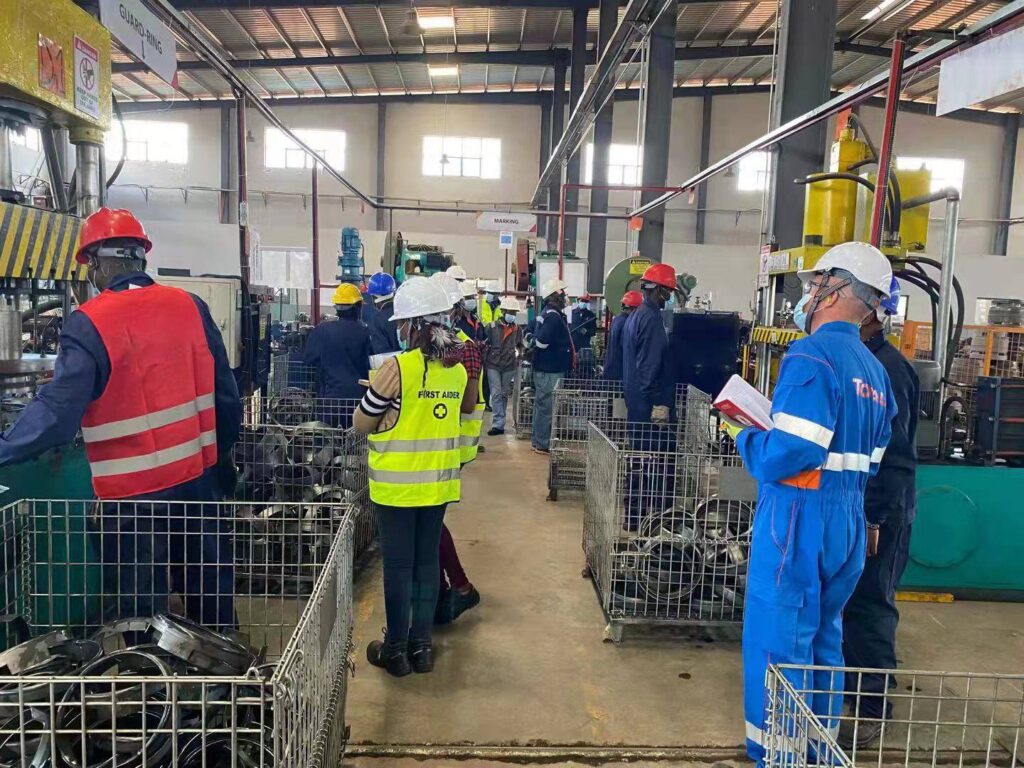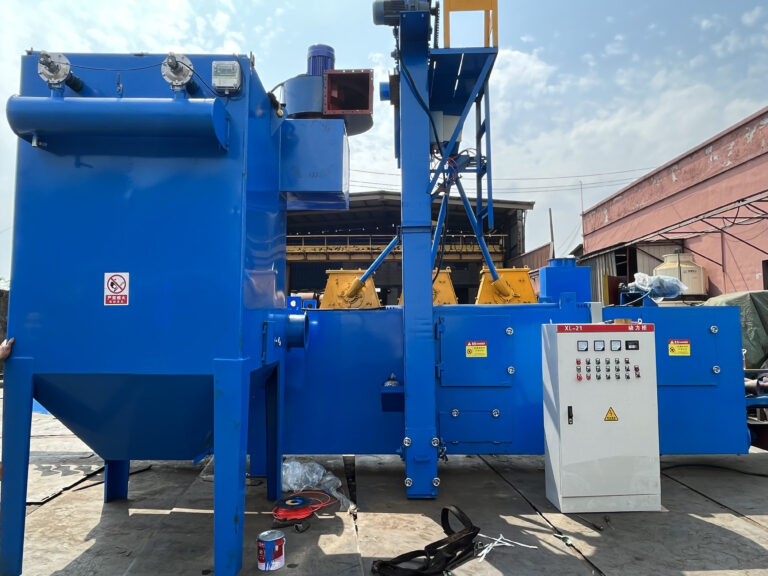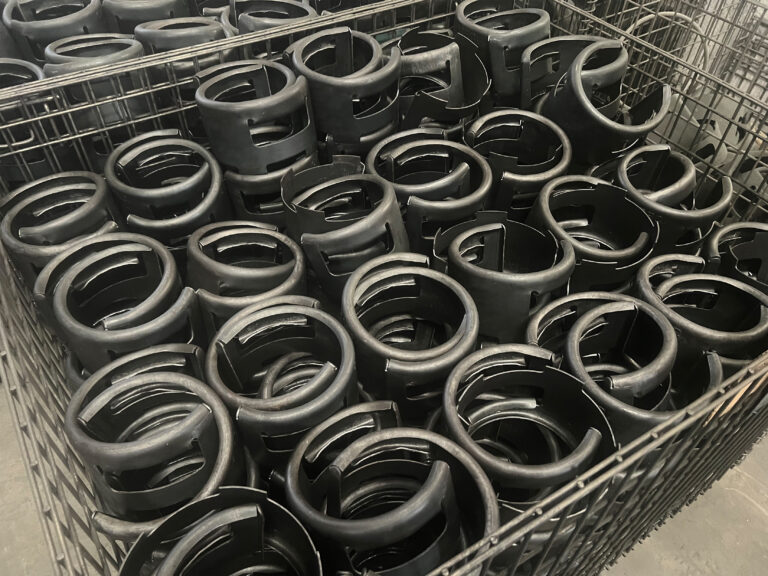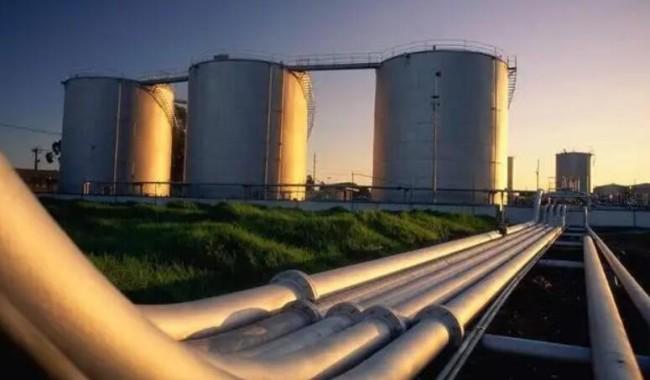Climate change making oil and gas companies more expensive to operate
A growing number of U.S. industry executives expect U.S. oil production to peak in the next five to six years
Oil majors have begun investing heavily in carbon capture, utilization and storage (CCUS) technology
Rising sea levels, wildfires, heat waves and extreme weather events have wreaked havoc across the globe and could cost the global economy hundreds of billions of dollars through collapsed infrastructure, reduced crop yields, health problems and labor losses, it was reported on April 23. loss. When most people think about climate change, they tend to think that the oil and gas industry bears the greatest responsibility because of their high emissions of carbon dioxide and greenhouse gases. Yet few people stop to consider that the same ecological impacts that are hurting communities are also having an impact on the fossil fuel industry.
Climate change is making operating costs increasingly expensive for oil and gas companies. In fact, supply threats to the oil and gas industry related to climate change are already beginning to manifest, with more than 600 billion barrels of commercially recoverable oil and gas reserves globally (40% of total reserves) at high or extreme risk. Climate-related events have disrupted the flow of oil to global markets, with the impact particularly severe in Saudi Arabia, Iraq and Nigeria, according to data published by UK-based global risk and strategy consultancy Verisk Maplecroft.
The news is worrisome given the growing number of signs that oil supply is peaking. A growing number of U.S. industry executives expect the U.S. economy to grow. Hopes for a renewed shale boom are fast dashing as rising costs and limited supplies of labor and equipment limit U.S. shale producers’ efforts to ramp up output quickly.
Thankfully, the oil and gas industry is working to mitigate climate change.
Carbon Capture Opportunities
While trees and other plants naturally remove carbon dioxide from the atmosphere, most climate change experts now agree that we don’t have the ability to grow enough plants and grow them fast enough to limit the damage.
Carbon capture is a technology proposed to limit global warming and climate change. Both the Intergovernmental Panel on Climate Change (IPCC) and the International Energy Agency (IEA) believe that carbon capture, utilization and storage (CCUS) technology is an ideal solution for many industries that are hard-to-abate, such as aviation, hydrogen production and those from fossil fuels. of cement.
Unfortunately, the world is far from enough when it comes to investing in CCUS: According to figures published by the International Energy Agency (IEA), there are only 35 commercial facilities worldwide using CCUS for industrial processes, fuel conversion and power generation, with a total annual capture capacity of about 45 million tons of carbon dioxide. However, McKinsey & Company estimates that CO2 uptake by CCUS globally would need to increase 120-fold to at least 4.2 GtCO2 per year to meet the net-zero emissions commitment by 2050.
Still, Big Oil is starting to act with a lot of fanfare, though ultimately it’s more about extending the life of oil and gas fields than mitigating the effects of climate change.
Over the past few years, oil majors have started investing heavily in CCUS, which many believe is simply a way for major oil majors to extend the life of oil and gas fields as the captured carbon dioxide is used for enhanced oil recovery (EOR).
Two weeks ago, ExxonMobil CEO Darren Woods told investors that the company’s low-carbon business had the potential to outperform its traditional oil and gas business within a decade and generate hundreds of billions of dollars in revenue. Woods outlined projections that the company could reach billions of dollars in revenue over the next five years. Tens of billions of dollars in 5 to 10 years, hundreds of billions of dollars after the initial 10 years of growth. However, Woods said Exxon’s ability to meet its goals will depend on regulatory and policy support for pricing carbon and the cost of reducing greenhouse gas emissions, among other changes.
Exxon believes that by entering into predictable long-term contracts with customers aimed at lowering its own carbon footprint, this will lead to “more stable or less cyclical”, less vulnerable to commodity price swings. For example, ExxonMobil recently signed a long-term contract with industrial gases company Linde for CO2 emissions associated with Linde’s planned clean hydrogen project in Beaumont, Texas. ExxonMobil will transport and permanently store up to 2.2 million tons of carbon dioxide per year from Linde’s plant. Back in February, Linde unveiled a $1.8 billion comprehensive plan that would include autothermal reformers with carbon capture and a large air separation plant to supply clean hydrogen and nitrogen.
Schlumberger New Energy
In February, oilfield services giant Schlumberger discussed its new Schlumberger New Energy business with Bloomberg New Energy Finance (BNEF). According to Schlumberger Alternative Energy President Gavin Rennick, Alternative Energy companies are expected to have revenues of $3 billion by the end of this decade and at least $10 billion by the end of the next decade. Schlumberger will focus on five key market segments, including carbon emissions solutions, hydrogen, geothermal and geothermal energy, energy storage, and critically important minerals, with a minimum addressable market of $10 billion for each segment.
Among these segments, carbon capture, utilization and storage (CCUS) is the fastest-growing opportunity, driven by a strong boost from the U.S. Inflation Reduction Act (IRA), Rennick said.
Occidental Petroleum (Oxy) Seen as Strong Contender for CCUS Project
To meet climate goals, McKinsey & Company proposes the creation of CCUS centres, essentially clusters of facilities that share the same infrastructure for transporting, storing or utilizing carbon dioxide. Currently, there are only 15 CCUS centers worldwide; McKinsey & Company estimates that as many as 700 CCUS centers have the potential to be established globally, located at or near potential CO2 storage and enhanced oil and gas recovery sites.
The U.S. government currently supports four CCUS centers, of which Occidental Petroleum Corporation (Oxy)’s two major CCUS programs are seen as strong contenders. The U.S. government will provide three levels of funding, ranging from $3 million at the initial feasibility study stage, to $12.5 million at the engineering design study stage, and up to $500 million for projects that are about to complete the procurement, construction, and operation stages.
Swiss start-up Climeworks has raised more than $800 million to date and is by far one of the most active CCUS companies in the world.
McKinsey & Company estimates that the world needs to invest $120 billion to $150 billion annually in CCUS technology by 2035 to achieve net-zero emissions. To effectively scale this technology, McKinsey & Company notes that greater coordination across the value chain is necessary. Thankfully, the big incumbent energy giants appear keen to position themselves in what could be a trillion-dollar industry as demand for fossil fuels cools.




